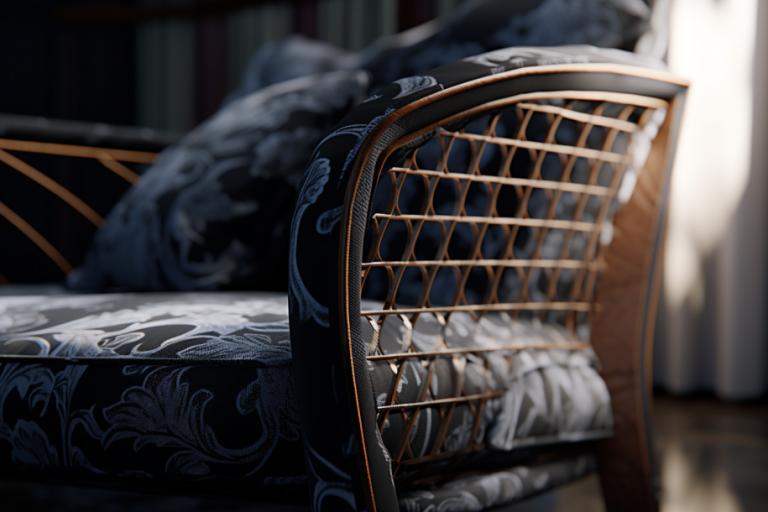The Importance of a Certificate of Authenticity: More Than Just a Piece of Paper
In the world of art, antiques, and collectibles, the Certificate of Authenticity (COA) stands as a sentinel of truth, a testament to value, and a hallmark of provenance. But what exactly is this certificate, and why is it so crucial? Let’s delve into the world of authenticity and understand its significance.
What is a Certificate of Authenticity?
A Certificate of Authenticity is a document, often accompanied by a seal or hologram, that certifies a particular item as genuine. It provides a traceable link back to its origin, ensuring that the item isn’t a forgery, counterfeit, or reproduction. The COA usually contains specific details about the item, such as its creation date, the artist or maker, the materials used, and any relevant historical details.
Why is it Important?
- Provenance and History: A COA provides a documented history of the item, tracing its journey from its origin to its current location. This provenance is especially crucial for artworks, antiques, and other collectibles whose value might significantly increase based on previous ownership or exhibition history.
- Value Assurance: For collectors and investors, the authenticity of an item directly correlates with its value. A genuine piece will always fetch a higher market price than a reproduction or counterfeit.
- Peace of Mind: Whether you’re buying a piece of art, a vintage car, or a rare collectible, a COA offers peace of mind. It assures you that you’re getting the real deal, not a cleverly crafted fake.
- Resale Potential: If you ever decide to sell the item in the future, having a COA can significantly boost its resale value. It provides the next buyer with the same assurances you had when purchasing.
Spotting a Genuine COA
Unfortunately, just as there are counterfeit items, there are counterfeit COAs. It’s essential to know what to look for:
- Detailed Information: A genuine COA will provide specific details about the item, not just a generic description.
- Security Features: Many COAs come with security features like holograms, watermarks, or embossed seals to prevent duplication.
- Issuer Details: Always check who issued the COA. Reputable artists, galleries, or organizations will have contact details and other relevant information on the certificate.
In Conclusion
A Certificate of Authenticity is more than just a piece of paper; it’s a beacon of trust in a world filled with replicas. Whether you’re a seasoned collector or a newbie, always ensure that your prized possessions come with a genuine COA. It’s not just about the monetary value but the rich history, the stories, and the legacy that comes with genuine items.


